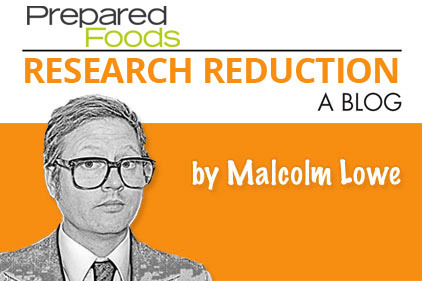When I imagine food colorings I can't help but think of rows of bright candies and open cylinders of ice cream. Lime green sherbet, please. Colors are attractive, and if you're prompting a stranger to try your product, color may be a deciding factor. Sometimes, though, the bright colors of the candy and ice cream aisles aren't the end goal of product developers. Subtlety can play a role as well. At times, product developers use a palette of colors like a painter to blend accurate and evocative colors. This process can be an art within the science. Innovators in the world of food colorings use all sorts of source material to achieve desired hues. Natural and FD&C additives, fruit, vegetable, and other plant and microbial extracts can be used to color foods.
Experiments with color are fun. Just keep it in the lines you out-of-box yahoos!
Burnt Sienna on my lollipop? Well, perhaps with the right root beer flavor.
Enough!
Your weekly reduction!
Articles about colorings in food product development and formulation.
Whether it reflects consumers’ interest in more wholesome foods or their concerns about artificial ingredients, natural color use continues to grow.
Sensient researchers have developed natural color powders, dispersions and emulsions that are not contingent on palm oil-based products or emulsifiers.
Palm fruit flesh provides an intense red color.
A new crimson hue has been projected as the color of 2013.
GNT Group’s EXBERRY Colouring Foods line of color concentrates comes straight from fruits and vegetables and other edible plants, processed using water and gentle physical processes.
Browse the Food Colorings Video Collection.
Find more articles about colorings in food product development and formulation.
Colorings in Food Product Development


Recent Comments
Thanks for sharing a wonderful blog post.
Diabetes and diet
Diabetes and diet